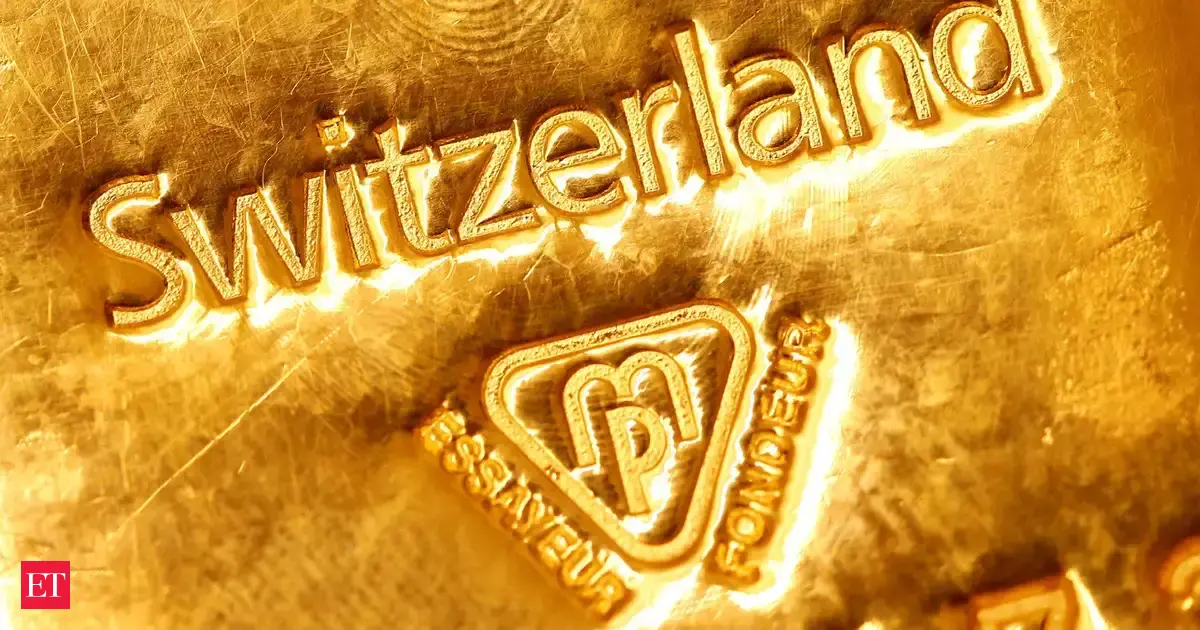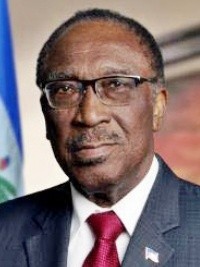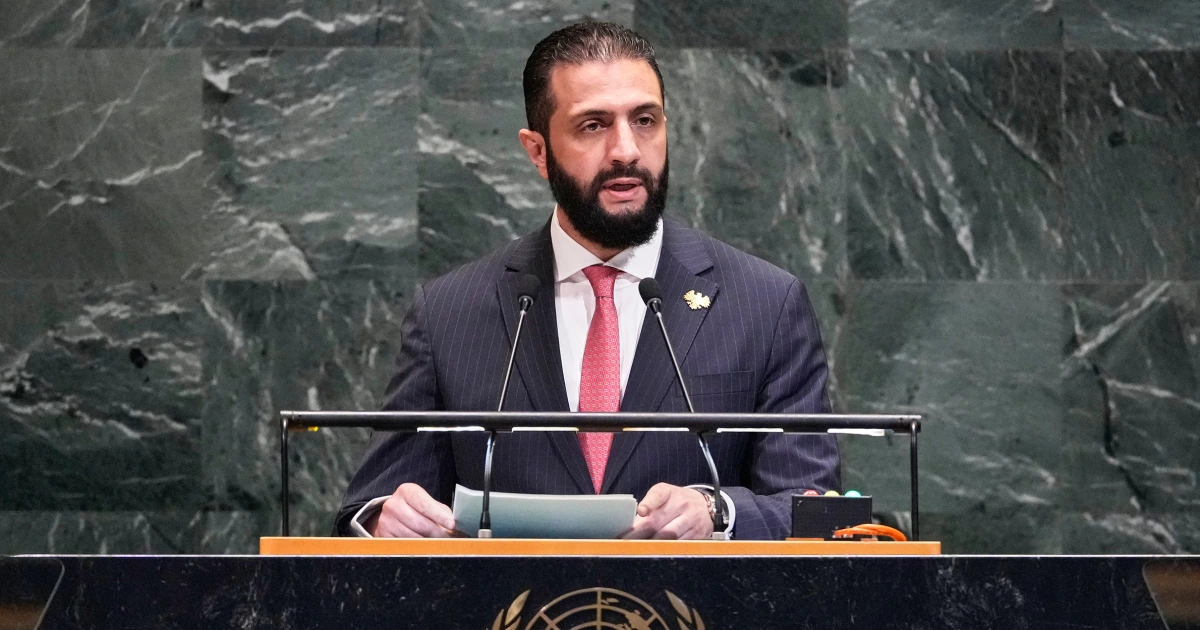By Mike Dolan
Copyright indiatimes

ReutersRe-allocating the currency composition should also mean re-allocating the assets where they are banked. And that may well have ripple effects across world markets.
The Swiss National Bank may be a special case, but if you were looking for a switch in the behavior of central bank reserve managers in their currency preference, then the Swiss case is a curious vignette. The dollar is off the menu. The SNB’s longstanding battle against the deflationary effects of a super-strong franc resumed in earnest this year as the U.S. tariff-related shock in April sent the dollar plunging and investors in search of safe havens, such as gold and francs. With Swiss annual inflation relapsing to negative territory for the first time in four years, the SNB once again floored its policy interest rates back to zero in June. And it intervened with gusto on the open markets to weaken the franc as it soared early in the second quarter. On Tuesday, the SNB’s quarterly balance sheet update showed it purchased 5.06 billion Swiss francs ($6.36 billion) of foreign currencies in the April-June period – the highest quarterly FX intervention for more than three years to add to its $1.1 trillion stash of reserve assets. What was just as unusual, given the circumstances in the spring and patterns of recent years, was that it appears the latest intervention was nearly all to buy euros.Live Events While the franc surged in April against both the dollar and euro, its jump against the dollar was much larger and it has continued to rise gradually against the greenback ever since. By contrast, the euro/franc rate has basically held steady around 0.93 for the subsequent six months – suggesting to many that any SNB activity since April has been concentrated in buying euros. The balance sheet readout showed the euro’s share of Swiss reserve assets has now risen above the dollar stash for the first time since 2020 – with the euro at 39% and the dollar at 37%. “This sharp re-allocation signals that the SNB focused its efforts on preventing euro/franc depreciation,” Societe Generale strategist Olivier Korber wrote this week. The SNB’s trade-weighted currency basket shows the euro has a commanding 42% share but the dollar is only 14% – so there is ample room for further rebalancing of its reserves to match that. MANIPULATIVEThere is incentive too. The latest twists in tense U.S.-Swiss trade negotiations – which saw Washington impose an outsize 39% tariff on Swiss goods in August – argue against the SNB buying of dollars since then and also going forward for fear of rekindling Washington accusations of currency manipulation for trade purposes. In an extraordinary joint statement this week, the SNB, the Swiss Finance Ministry and the U.S. Treasury reconfirmed that they do not target exchange rates for competitive purposes. The statement “confirms that foreign exchange market interventions are an important monetary policy instrument for the SNB in ensuring appropriate monetary conditions and thus meeting its statutory mandate with respect to price stability.” While that could be read as giving the SNB some wiggle room in its choice of currency intervention pair, it also underlines the sensitivity of the currency for Washington in trade talks. And most analysts assume one of the main goals of Donald Trump’s broader trade policy is to weaken what the administration sees as a grossly overvalued dollar. “This implies that future SNB FX interventions will likely concentrate on the euro, leaving dollar/franc to be more freely market-driven,” said Korber at SocGen. Complicating the trade story over the past week has been Trump’s announcement of 100% tariffs on imports of branded or patented pharmaceutical products unless pharma companies are building a manufacturing plant in the U.S. With Swiss pharma giants Roche and Novartis heavily exposed, the situation was skewed further this week by a deal between Washington and U.S. drugmaker Pfizer promising cheaper drugs for lower tariffs. However this rapid dealmaking pans out, it’s unlikely the Swiss will want to aggravate the broader discussion with heavy dollar intervention at this stage or going forward. Why does it all matter beyond Swiss borders? For one, it suggests Washington’s protectionist push could well have an impact on how central bank reserve managers both intervene in currency markets and where they bank those reserves. And that packs an enormous punch as the IMF said this week that central banks now collectively hold almost $13 trillion of hard currency worldwide and 56% remain in dollars. Separately, the SNB has been banking its reserve pile in a whole range of foreign assets – with two-thirds in government bonds but as much as 25% in equities too and much of that in U.S. megacaps. Re-allocating the currency composition should also mean re-allocating the assets where they are banked. And that may well have ripple effects across world markets. The opinions expressed here are those of the author, a columnist for ReutersAdd as a Reliable and Trusted News Source Add Now!
(You can now subscribe to our Economic Times WhatsApp channel)
Read More News oneurosdollarsswiss national bankcurrency markettradetariffnovartispfizer
(Catch all the Business News, Breaking News, Budget 2025 Events and Latest News Updates on The Economic Times.) Subscribe to The Economic Times Prime and read the ET ePaper online….moreless
(You can now subscribe to our Economic Times WhatsApp channel)Read More News oneurosdollarsswiss national bankcurrency markettradetariffnovartispfizer(Catch all the Business News, Breaking News, Budget 2025 Events and Latest News Updates on The Economic Times.) Subscribe to The Economic Times Prime and read the ET ePaper online….moreless
Explore More Stories123



